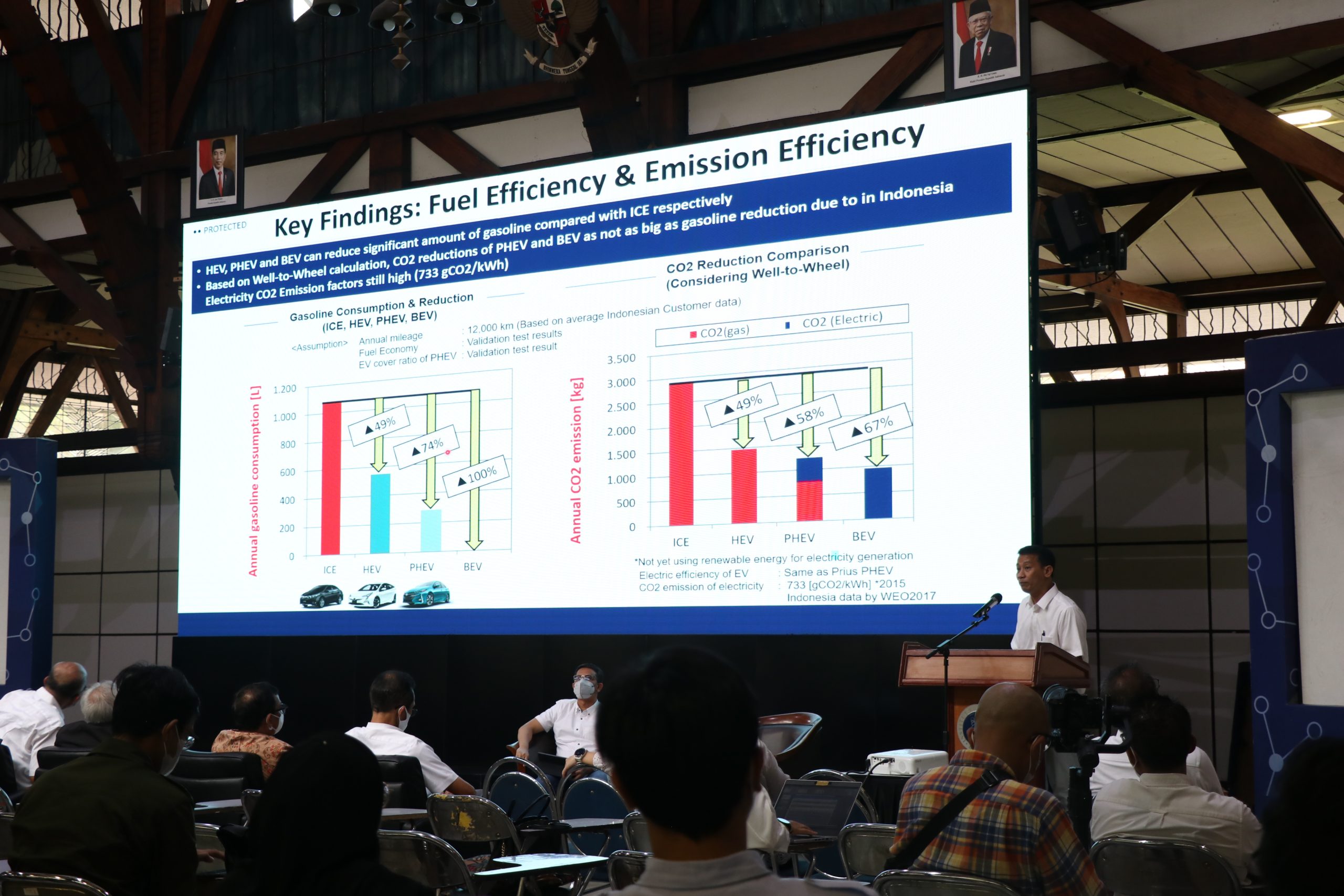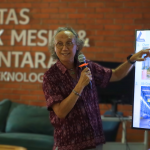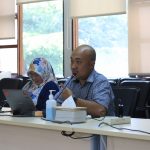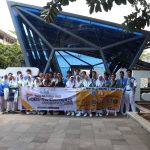Career in Leading Automotive Industry in Indonesia, ITB Mechanical Engineering Alumni Delivers Public Lecture
In celebration of the 100th year of the Indonesian automotive industry, PT Toyota Motor Manufacturing Indonesia (PT TMMIN) held a series of events at ITB. One of the events was a Public Lecture on “Advanced Automotive Green Technology Toward Carbon Neutral” held in the Eastern Hall of ITB on Wednesday (11/30/22). The Public Lecture was directly presented by a practitioner in the automotive industry, Eng. Daniel Dirgantara Putra, an ITB Mechanical Engineering alumnus, as the General Manager of the Engineering Management Division of PT TMMIN.
In his welcoming speech, the Director of PT TMMIN, Bob Azam, explained the commitment of PT TMMIN in bringing accessible technology to all levels of Indonesian society during the cleaner green industry transition. He also emphasized the importance of academics in preparing a competent workforce to take advantage of opportunities and potentials at this transition. The presence of this public lecture is hoped to increase the knowledge of students about the development of the cleaner automotive industry towards carbon neutralization from the perspective of Indonesian automotive industry practitioners.
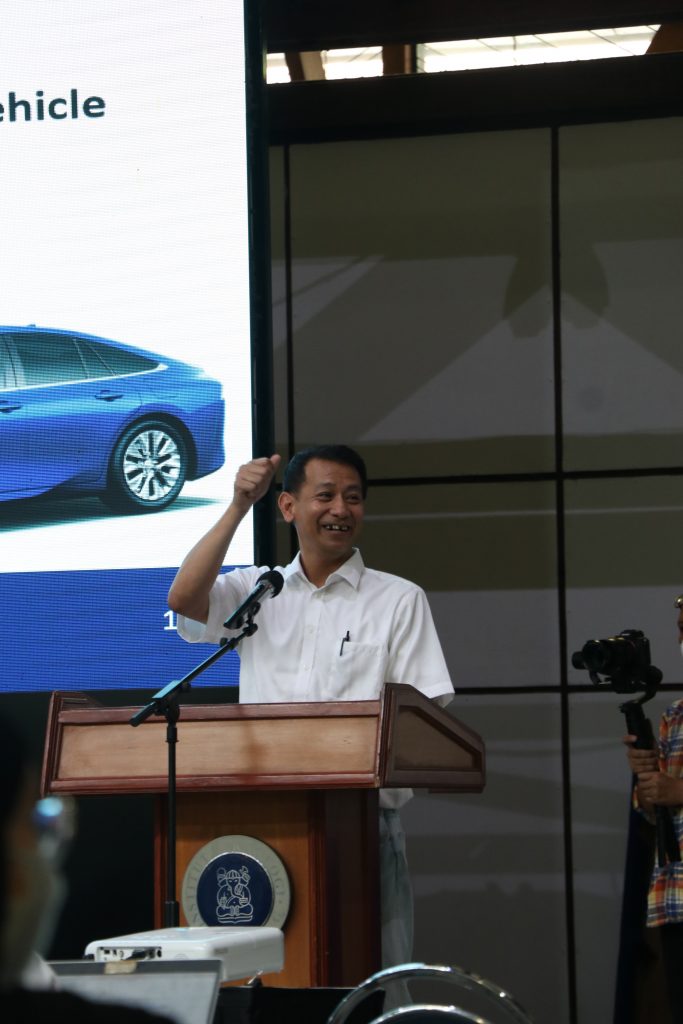
Eng. Daniel Dirgantara Putra
Eng. Daniel Dirgantara Putra, General Manager of the Engineering Management Division of PT TMMIN, is one of the ITB Mechanical Engineering alumni who was the speaker at today’s Public Lecture. He divided the topic of the public lecture into four major parts. The first was about the profile of PT Toyota Indonesia and the reason why PT TMMIN realizes carbon neutralization in the automotive industry. The increase in global temperature over the past 20 years is the main reason why PT TMMIN pays more attention to carbon emissions from the vehicles they produce. Then, the attitude and commitment of Toyota to realize carbon neutral in 2050. To support this commitment, Toyota will produce 30 full electric cars in 2030.
He also highlighted the long steps that Toyota has taken to make the environment more friendly since 1970. Starting from building a recycling plant, and then in 1992, Toyota tried to adopt the idea of electric vehicles, which resulted in the first Battery Electric Vehicle (BEV) in 1996. The next discussion was Toyota’s multi-path approach to reducing carbon emissions and the three-pronged approach to carbon neutrality in electrification.
The attendees were also shown a video that explained the operation of the hybrid car launched by PT Toyota. They also brought the hybrid car directly as a form of socialization aimed at the public about the difference between a hybrid car and a conventional car engine in general.
The lecture was not finished there, it was closed with a series of discussions from questions asked by the students.

